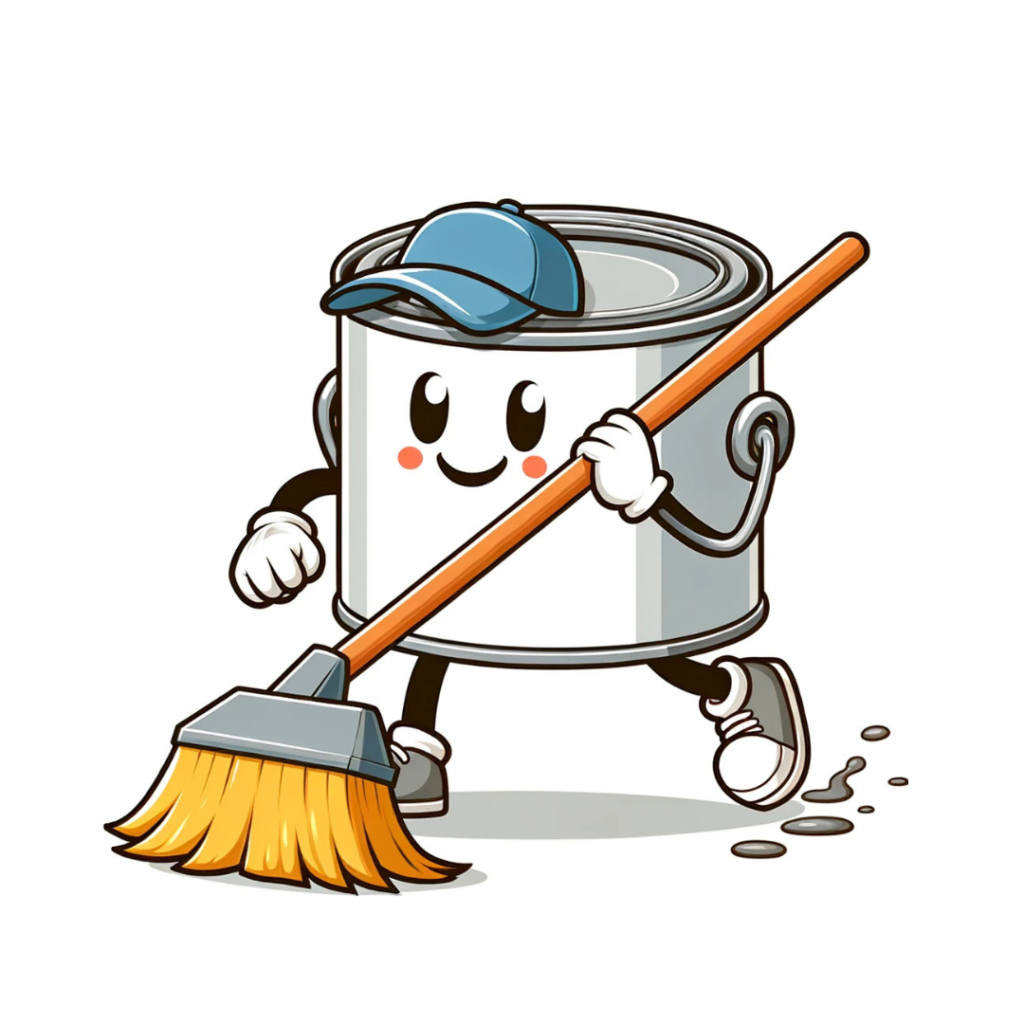We all know that paint has many helpful qualities, but would you believe it can also clean up after itself?
A recent study published in American Chemical Society Catalysis announced the development of a new sunlight-activated, self-cleaning paint.
The chemistry involves titanium dioxide nanoparticles. These tiny molecular powerhouses have the ability to harness light to break down and remove dirt and other pollutants that settle on the paint’s surface.
When these specially treated nanoparticles are added to water-based paints, the results are impressive. Under natural sunlight or ultraviolet light, the nanoparticles achieve a 96% removal rate of surface pollutants.
This isn’t the first time scientists have created a light-activating self-cleaning paint, but previous formulations required regular doses of ultraviolet light to trigger the reaction. This new paint gets its power from ordinary sunlight.
It improves on older version in terms of durability as well. The previous paints could break down pollutants, but also tended to break down the paint itself. This led to cracking and weathering and potential release of VOCs.
The new paint adds ingredients like phosphorus, nitrogen, and carbon to stop that from happening. The result is white paint that stays white.
“Ninety-six percent of the pollutants could be degraded by natural sunlight,” wrote the researchers in the study. “The color itself does not change – because the pollutants are not only bound but also broken down with the help of sunlight.”Next up is commercializing the sunlight-powered self-cleaning paint. That will likely require perfecting the manufacturing process
“We have now investigated this phenomenon in great detail using a variety of different surface and nanoparticle analysis methods,” said lead author Qaisar Maqbool. “In this way, we were able to show exactly how these particles behave, before and after they were added to the wall paint.”

